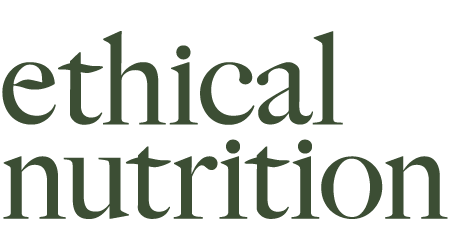What Are Your Capsules Made From?
Our capsules are made from HPMC, short for hydroxypropyl methylcellulose.
At its core, HPMC is simply plant fibre—cellulose, the same structural material found in fruit, vegetables, and grains. Ours is derived from wood pulp, usually from pine or spruce trees. To turn that into a smooth, easy-to-digest capsule, the cellulose is modified using food-safe processes that add natural groups (like methyl groups) to help it and perform well and protect those natural ingredients inside.
It’s a refined version of something your body already encounters every day in foods like apples, oats, and wholemeal bread.
Methyl, hydroxy, and propyl groups are naturally derived structures made of carbon, hydrogen, and oxygen, and are commonly found in food. Methyl groups occur in compounds like methylfolate, the active form of folate found in leafy greens. Hydroxy groups appear in water-soluble nutrients like hydroxycobalamin (vitamin B12). Propyl groups are present in natural compounds such as propyl cinnamate, found in strawberries and cinnamon. These groups are added to plant-based cellulose to improve flexibility and water solubility, resulting in a clean, vegan capsule shell that dissolves easily—without changing the natural origin of the fibre.
Each capsule contains just 0.03 grams of HPMC—about the same weight as a few grains of cooked rice.
We use HPMC because it:
Allows us to avoid animal gelatin capsules or additive-packed tablets
Doesn’t require binders, glues, or coatings
Dissolves cleanly in water or your stomach in about 10 minutes
Is completely neutral in taste and smell
Is approved for use even in certified organic supplements in the UK and EU
Importantly, our capsules do not contain phthalates, plasticisers, or enteric coatings—unlike some softgel capsules highlighted in recent media articles.
